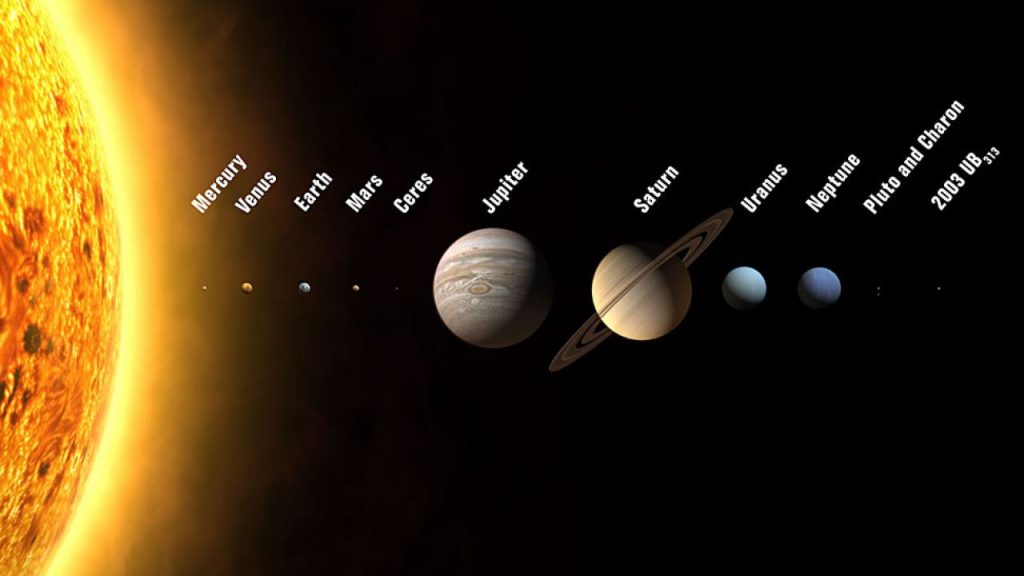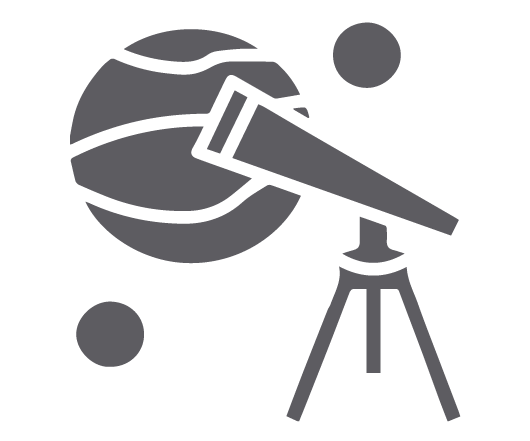Editor’s Summary: In this engaging and insightful essay, 10th grader Alex Johnson shares his transformative experience in an honors astronomy class. Through the lens of comparative planetology, Alex explores how the study of planets, moons, and other celestial bodies reveals the history and formation of our solar system. With relatable analogies and hands-on experiments, he vividly illustrates the concepts of planetary composition, the differences between terrestrial and Jovian planets, and the intriguing stories of planetary moons. Alex’s journey underscores the wonder of astronomy and its power to change our perspective of the universe.
My Journey Learning the Solar System: A 10th Grader’s Astronomy Adventure
By Alex Johnson, 10th Grade Honor Student
When I first signed up for Mr. Rodriguez’s honors astronomy class, I had no idea how much it would change the way I look at the night sky. Sure, I knew about the planets and could probably name them in order, but I never really thought about how they all fit together. That all changed when we started learning about something called “comparative planetology.“

The Big Picture
It was a Tuesday afternoon when Mr. Rodriguez introduced the concept. He said, “Imagine all the planets in our solar system are siblings. They were all born at the same time, from the same parents – a big cloud of gas and dust.” That got my attention. I mean, I’ve got siblings, and we’re pretty different despite having the same parents. So how come the planets are so different?
That’s when I learned that comparative planetology is like being a detective, but instead of solving crimes, you’re solving the mystery of how our solar system formed. We look at all the planets, moons, and other objects, compare them, and try to figure out what happened billions of years ago. It’s like piecing together a giant cosmic puzzle!
The Solar System Cookbook
One of my favorite parts of the class was when we talked about what the planets are made of. Mr. Rodriguez explained it like a cosmic recipe book:
- Light gases (like hydrogen and helium): These are like the air in a soufflé – they make up most of the recipe but they’re super light.
- Hydrogen compounds: Think of these as the eggs – they hold things together when it gets cold enough.
- Rocks: These are like the flour – they give structure but there’s not as much of them.
- Metals: These are the spices – just a little bit, but they add a lot of flavor (or in this case, density).
I couldn’t help but think about baking cookies with my mom. The way the ingredients come together to make something completely different is a lot like how the planets formed!
The Great Divide: Rocky vs. Gassy Planets
One day, Sarah, my lab partner, asked a question that had been bugging me too: “If all the planets formed from the same stuff, how come some are rocky and dense while others are huge gas balls?”
Mr. Rodriguez smiled and said, “Excellent question! Let’s do an experiment.”
He set up a heat lamp at one end of a long table and sprinkled different materials along its length – metal shavings near the lamp, then some rocks, then some ice cubes, and finally some cotton balls at the far end.
“The heat lamp is our sun,” he explained. “Watch what happens as we let it ‘shine’ for a while.”
We observed that the metal and rocks stayed put, the ice melted and then evaporated, and the cotton (representing the light gases) didn’t change much.
That’s when it clicked for me. The inner planets, like Earth, formed where it was hot, so only the rocky and metal stuff could stick around. The outer planets formed where it was colder, so they could hold onto the lighter stuff too. Mind. Blown.
Moon Mystery
Just when I thought I had it all figured out, we started talking about moons. Most of them made sense – they orbit their planets nicely, like well-behaved children. But then Mr. Rodriguez threw us a curveball: some moons are rebels!
He showed us pictures of Mars’ moons, Phobos and Deimos. “These moons,” he said with a mischievous grin, “are the adopted children of the solar system family.”
We learned that these moons probably used to be asteroids that got too close to Mars and were captured by its gravity. It’s like Mars went shopping in the asteroid belt and decided to bring home some souvenirs!
Putting It All Together
As we neared the end of the semester, I found myself looking at the night sky differently. Each pinprick of light wasn’t just a distant object; it was a piece of a grand cosmic story.
For our final project, we had to create a model solar system. I decided to use different types of food to represent the planets. I used rocky road ice cream for the inner planets (get it? rocky?), and cotton candy for the gas giants. My little brother tried to eat Jupiter, but I guess that’s the risk you take with an edible solar system!
Presenting my project to the class, I felt like a real astronomer. I explained how the different “ingredients” of the solar system came together to make the planets we see today. I talked about how comparing the planets helps us understand their history. And yes, I even mentioned the rebellious moons of Mars, which I represented with two stray chocolate chips.
As I finished my presentation, Mr. Rodriguez asked, “So, Alex, what’s the most important thing you’ve learned this semester?”
I thought for a moment and said, “I’ve learned that the solar system is like a big family. They all came from the same place, but each planet and moon is unique. And by studying how they’re similar and different, we can understand where we came from too.”
Mr. Rodriguez beamed. I think I nailed it.
Looking back, I never expected a science class to change how I see the world – or rather, the universe. But now, every time I look up at the night sky, I don’t just see stars and planets. I see a cosmic family photo, each member with its own story to tell. And who knows? Maybe one day, I’ll be the one uncovering those stories. Watch out, universe – this 10th grader is coming for you!
References:
1.Greeley, R. (2002). Introduction to Comparative Planetology. Annual Review of Earth and Planetary Sciences, 30(1), 11-42.
2.Lunine, J. I. (1999). Earth: Evolution of a Habitable World. Cambridge University Press.
3.Morrison, D., et al. (2014). Abundances and Distribution of ices on Solar System Bodies. Space Science Reviews, 181(1-4), 109-148.
4.Taylor, S. R. (1992). Solar System Evolution: A New Perspective. Cambridge University Press.
5.de Pater, I., & Lissauer, J. J. (2010). Planetary Sciences. Cambridge University Press. Cambridge University Press.
